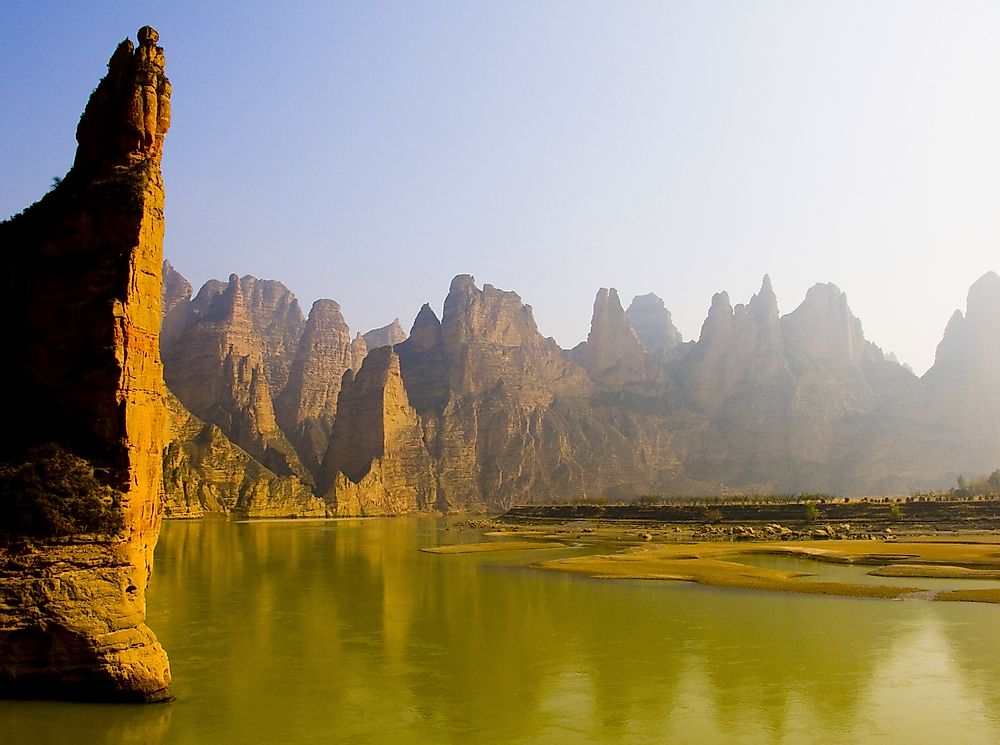What Is an Endangered River?

An endangered river is a river system that has shown the potential to wholly or partially dry up, or has exhibited ecological issues that may affect its flow in the near future. Some of the factors that endanger rivers are natural occurrences while others are as a result of human activities. Several of the rivers that were once regarded as great rivers such as the Nile, Rio Grande, Danube, and the Yellow River are now considered endangered because they cannot be assured of flowing to the sea unhindered. The Yellow River is known to flow ferociously, but in certain months of the year, the river does not reach the sea because of over usage of its water. The Rio Grande often lies dry during some months of the year. Construction of dams and irrigation prevent the flow of water while deforestation destroys the water catchment areas that feed rivers. Pollution, primarily by chemical and plastic, endanger life that depends on rivers.
Causes of Endangered Rivers
Rivers dry up due to both manmade and natural reasons. Climate change has contributed significantly, as a slight increase in temperature can result in a river partially or fully drying up. The vegetation and animals affect the ecology and landscape of an area. Invasive species introduced by humans can alter the ecological order in a niche and jeopardize the water catchment area. Human interference such as the construction of dams and channelization of water for hydroelectric power and agricultural use impact profoundly on the river system.
Examples of Endangered Rivers
The Colorado River is a perfect example of how human activities affect the natural flow of the river. From its source in the Rocky Mountains National Park, the river flows across four other states and parts of Mexico before draining to the Gulf of California, but the demand for water means that very little water reaches Mexico. The Teesta River in India and Bangladesh is also another example of how over usage and pollution of rivers effects ecology. The demand for water in India means that the water that reaches Bangladesh is very little but highly polluted that it cannot be used for domestic purpose.
Restoration of Endangered Rivers
Restoring an endangered river is a process rather than an action. The entire process may take decades. Some rivers have been restored successfully while others are an ongoing process. The demand for freshwater and pollution are the largest hindrance to the restoration of rivers. Protecting the natural environment, especially the water catchment areas, ensures the continuity of the river flow. The use of alternative forms of agriculture, such as seawater greenhouses, reduces the dependency of freshwater for agricultural use. Harvesting and conservation of rainwater will also reduce the pressure on rivers and lakes.











